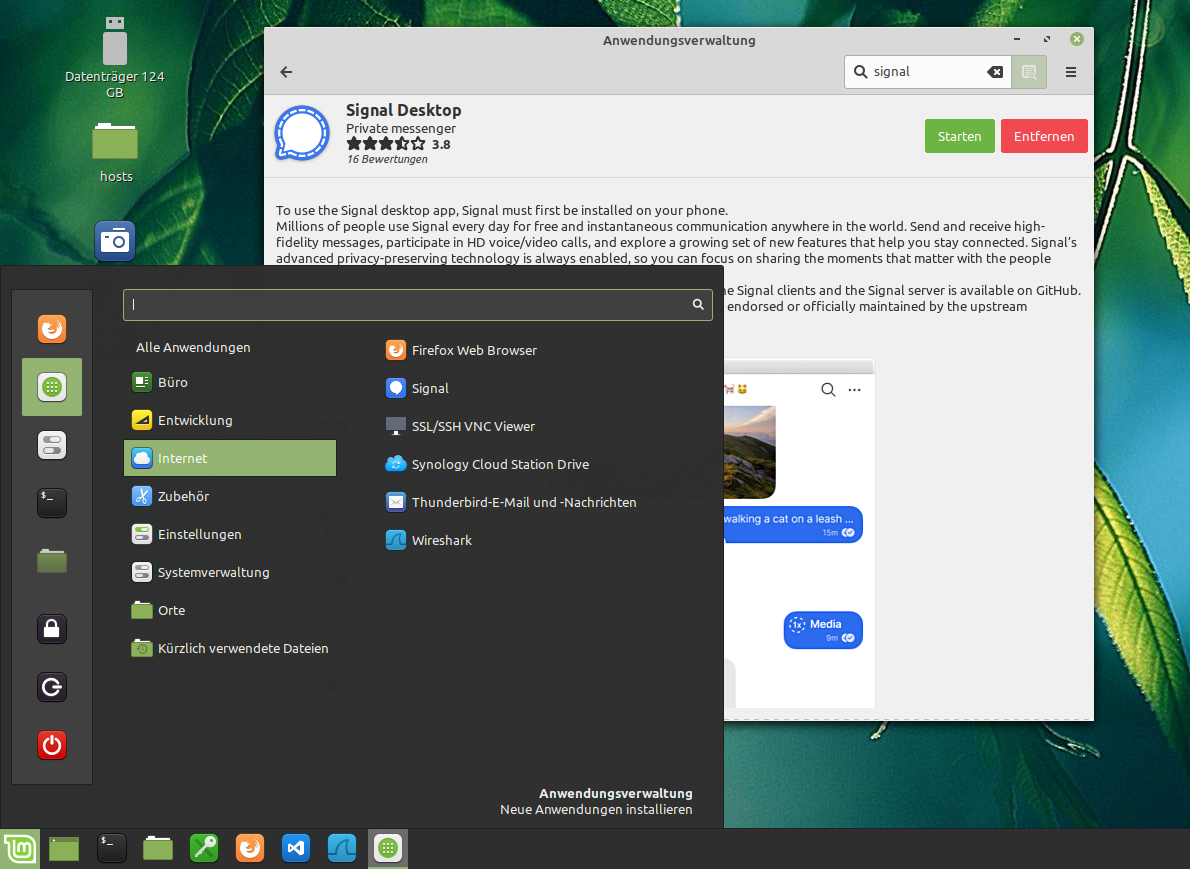
License : Proprietary and BSD and OpenSSL and zlib and LGPLv2+ You can check the version of AnyDesk installed with the command: $ rpm -qi anydesk Pree y key to start installation of AnyDesk on CentOS 8 / RHEL 8. Userid : "philandro Software GmbH "įingerprint: D563 11E5 FF3B 6F39 D5A1 6ABE 18DF 3741 CDFF DE29 sudo dnf -y makecacheĪgree to import GPG key when prompted. Once AnyDesk repository has been added to your Linux system, installation of AnyDesk on CentOS 8 / RHEL 8 can be done using yum or dnf command line tools. RHEL 8: sudo tee /etc//AnyDesk-RHEL.repo < Go to flathub and type ‘anydesk’ on the search bar. If you already have it, then continue reading the steps below. echo "deb all main" | sudo tee /etc/apt//anydesk-stable.listĪfter the repository is added, you need to update the package list one more time with the same command sudo apt updateįinally, install AnyDesk with this command sudo apt install anydesk Method-3: Install AnyDesk using flatpakįor this method to work, you need to have flatpak installed on your Ubuntu desktop or laptop. Next, you need to add the AnyDesk repository to your system’s repositories. NOTE: If you don’t have wget already installed, you have to install that first using this command. Type the following command: wget -qO - | sudo apt-key add. Now, we need to add the AnyDesk repository GPG key to the trusted software providers list on your Ubuntu system. You can do that by running this command sudo apt update Make sure your package list is up to date. You can install AnyDesk using your Linux terminal. If you’re fond of installing apps through the terminal, don’t worry. Method-2: Install AnyDesk using the Linux terminal



 0 kommentar(er)
0 kommentar(er)
